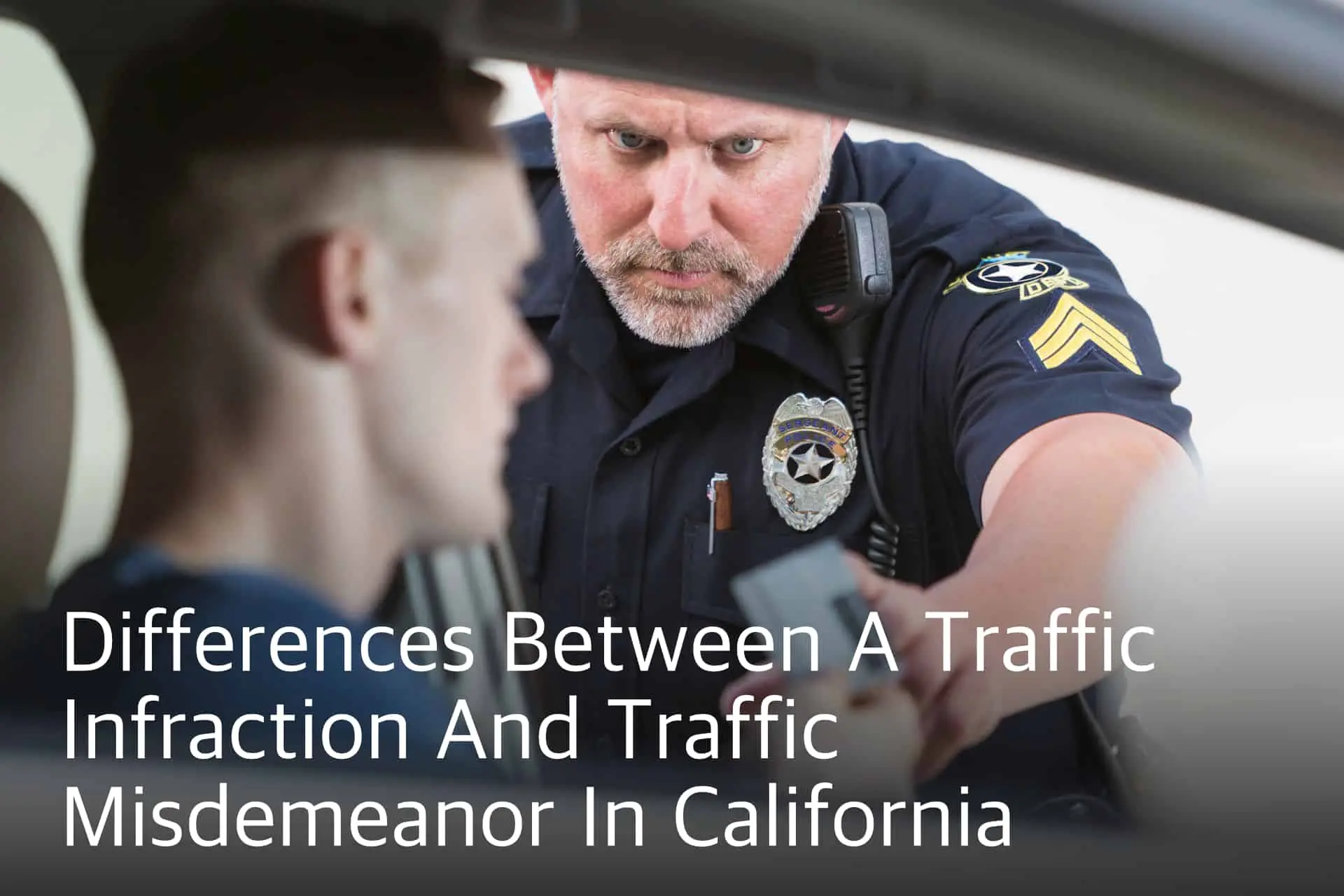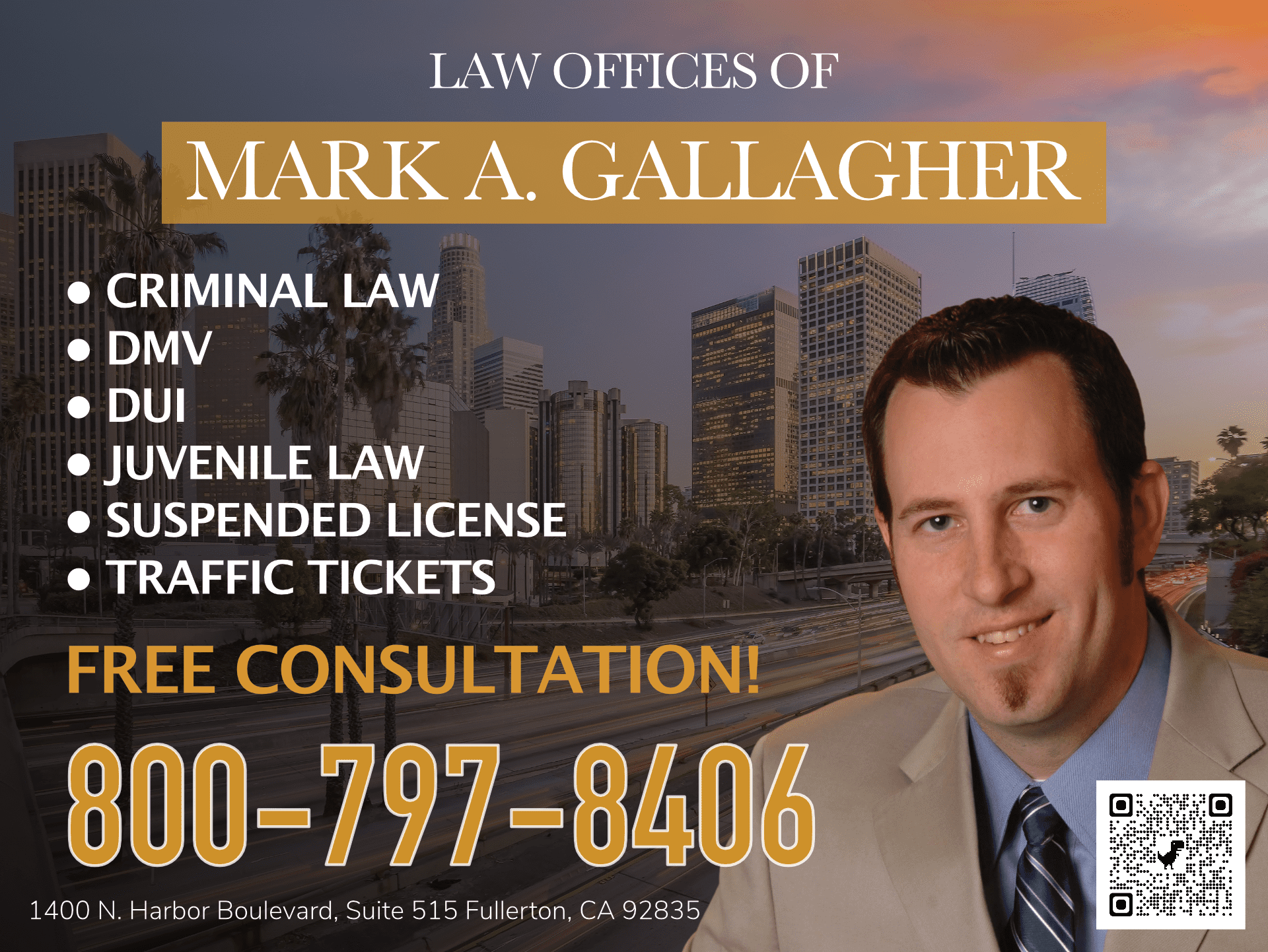Although checkpoints are not per se unconstitutional, how they are conducted balances the state’s interest in detecting and preventing drunk driving against the driver’s rights to be free of unreasonable searches.
California Guidelines
After the US Supreme Court upheld the legality of DUI sobriety checkpoints, the California Supreme Court established eight functional guidelines that each checkpoint must adhere to:
- Supervisors must make operational decisions regarding where, when and how the checkpoint shall operate.
- Determining which drivers to stop must be pre-determined and the basis must be neutral. It would not be practical to detain every driver; typically, a certain number of vehicles out of a group are selected, such as every sixth car.
- There must be some logical and reasonable basis for the location selected. Generally speaking, a checkpoint will be established in an area that has a high incidence of DUI arrests.
- The safety of the driver’s must be a factor in the selection of the checkpoint location.
- The location and duration of the checkpoint must demonstrate good judgment by law enforcement and be as unobtrusive as possible.
- Drivers should be clearly alerted to the fact they are approaching a sobriety checkpoint.
- The time a driver is detained should be as minimal as possible for an officer to look for obvious signs of alcohol consumption, such as odor, slurred speech or bloodshot eyes. Further detention past this minimal interaction shall require reasonable suspicion.
- Sobriety checkpoints should be advertised in advance so that the public is on notice and deterred.
If these strict guidelines are not followed, an arrest made incident to a checkpoint stop may be challenged.
Avoiding Checkpoints
There are good reasons to avoid a checkpoint other than the most obvious one. Time delays, inconvenience and their questionable accuracy provide ample motivation to be aware of when and where a checkpoint will be set up. For instance, you may have found it beneficial to have known that on a recent Friday in both Fullerton, at South Placentia Avenue and West Chapman Avenue, and Santa Ana, at South Harbor Boulevard and West Warner Avenue, sobriety checkpoints were planned. Sites such as duiblock.com, for example, not only provide information regarding planned checkpoints in Orange County but also inform you where saturation patrols will be located. As the term implies, a saturation patrol consists of greatly increasing the number of squad cars assigned to a particular area with detecting DUI as the primary goal.




